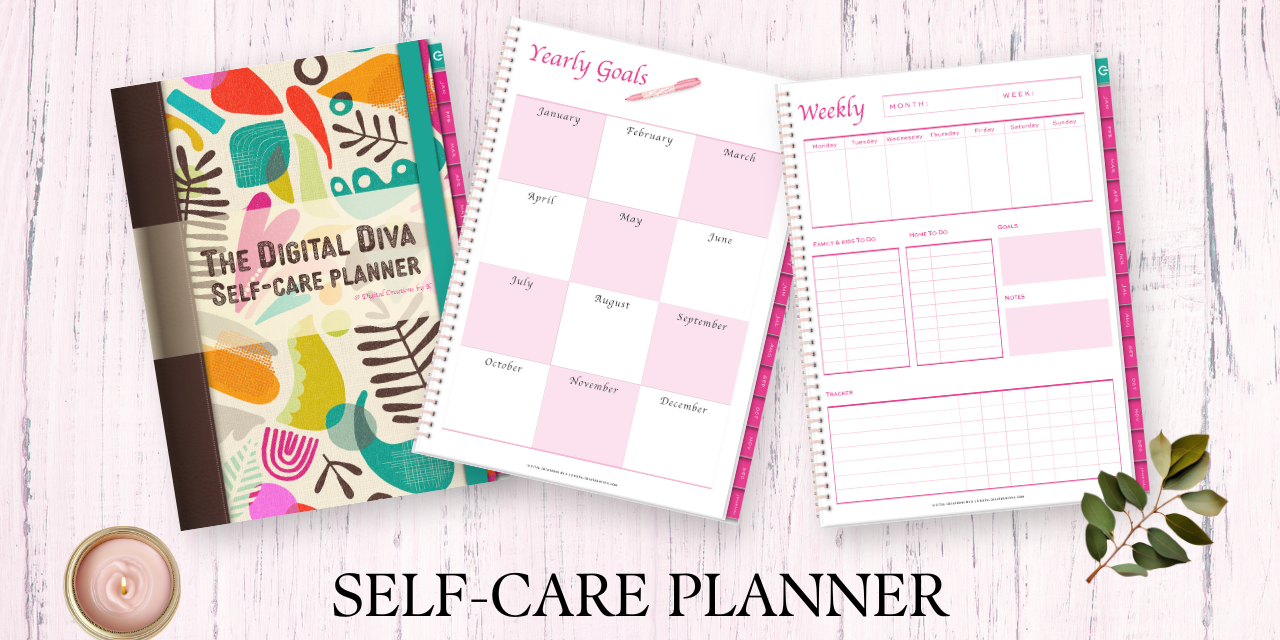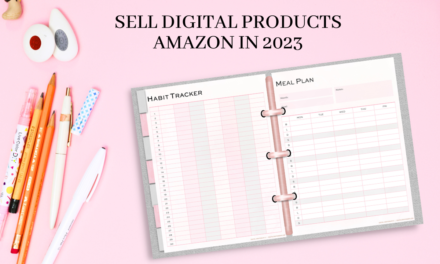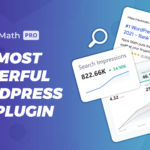Have you ever dreamt of creating and selling digital products that generate passive income while you sleep? You’re not alone! The ability to create and sell digital products online has revolutionized the world of business, empowering people like you to turn their passions, skills, and ideas into profitable ventures. In this blog post, we’ll guide you through the exciting process of how to make digital products to sell in 2023, from idea generation to marketing strategies and everything in between.
Key Takeaways
Unlock the potential of digital products to start your own business.
Follow steps and use tools to create successful digital products.
Craft pricing & marketing plans, stay on top of trends, and leverage feedback for success!
Understanding Digital Products
Digital products, such as digital files, eBooks, online courses, and software, are intangible assets that can be sold online. They offer numerous advantages over physical products, including lower overhead costs and the potential for passive income. With an estimated market volume of $15.33 billion for eBooks by 2027 and a whopping $319+ billion for the online course industry by 2025, the market for digital products is ripe with opportunity.
There is an incredible variety of digital products that can be sold online, from graphic design templates to stock photography and print-on-demand products like custom t-shirts and mugs. Educational products, such as eBooks and online courses, often yield the highest potential for profits. The key to success in this arena is identifying a niche, creating digital products that cater to the target audience’s needs, and developing a strong marketing strategy to sell digital products online.
Profitability aside, digital products also have the added benefits of being environmentally friendly and accessible globally. With a growing market of consumers investing $54 billion in profitable digital products each year, there has never been a better time to jump on the digital product bandwagon and create your own online business. Whether you’re a graphic designer, a skilled writer, or an expert in a specific field, the possibilities for creating digital products are endless.
Steps to Create Digital Products
The process of crafting digital products that appeal to your target audience and generate income comprises four stages:
Idea generation
Market research
Product development
Testing and validation.
Adhering to these steps and maintaining focus on your objectives paves the way for a thriving digital product enterprise.
Idea Generation
Idea generation marks the initial phase in the creation of digital products. This phase requires brainstorming to pinpoint prospective digital product ideas, drawing on your personal interests, abilities, and prevailing market trends. The goal is to come up with innovative digital product idea that resonates with your target audience and fills a gap in the market. For example, Emma Chieppor, a social media influencer, turned her determination to learn Excel into a successful digital product by sharing her knowledge on TikTok about Excel shortcut guides.
Utilizing tools like Google Trends and Google Ads Keyword Planner can provide valuable insights for idea generation. These tools help you explore the popularity of search terms, identify trending topics, and analyze search volume for specific keywords, which can all contribute to generating fresh ideas for your digital products. With a clear understanding of what your target audience is searching for and what’s currently in demand, you can refine your list of potential digital product ideas and move on to the next step: market research.
Market Research
Conducting market research is a vital phase in creating digital products, as it enables you to discover customer pain points, identify industry trends, and gain a competitive edge. This invaluable information can be used to refine and improve your digital product ideas, ensuring their viability and success in the market.
To conduct effective market research, follow these steps:
Identify the characteristics of your ideal customer and their pain points related to the product, industry, or values.
Stay on top of industry trends and understand the competition by exploring online resources, attending industry events, and engaging in conversations with other professionals in your field.
Perform a SWOT analysis to pinpoint the strengths, weaknesses, opportunities, and threats within your company.
Use the insights from your research to make informed decisions for your digital product business.
Remember, the goal of market research is not just to gather data but to use this information to make better decisions, optimize revenue, and reduce risks. By thoroughly researching your target market and competition, you’ll be well-equipped to create digital products that truly resonate with your audience and stand out in the crowded online marketplace.
Product Development
After formulating a solid digital product concept and carrying out comprehensive market research, you can progress to the product development stage. This stage involves creating the digital product itself, ensuring its high quality, and addressing customer needs. Whether you’re developing an online course, designing graphic templates, or creating stock photos, it’s essential to leverage the right tools and resources for a seamless product development process.
For example, if you’re a graphic designer looking to create digital templates, Canva is an incredible tool that can save you time and money on complicated design software. Similarly, if you’re a musician or audio engineer, you can use free software like Cakewalk, GarageBand, or Audacity to capture and export your audio samples. No matter your niche, whether it’s digital art or any other field, there’s a wealth of digital tools available to help you streamline your product development process and bring your digital product ideas to life.
In addition to creating the digital product, it’s important to build a portfolio website for showcasing your work and attracting potential customers. This can be as simple as setting up a WordPress website with a professional theme or as complex as developing a custom e-commerce platform. Regardless of the approach you choose, your portfolio website should effectively communicate your expertise, display your product offerings, and offer samples or previews to entice potential customers.
Testing and Validation
Before pouring resources into marketing and selling your digital product, it’s vital to test and validate it to confirm its feasibility, market demand, and potential profitability. This step is all about refining and improving your product based on real-world feedback, allowing you to make necessary adjustments before launching it into the market.
You can validate your digital product by offering it to a select group of potential customers or beta testers, gathering their feedback, and making improvements accordingly. Additionally, you can use tools like Google Analytics and social media insights to measure the performance of your product and gauge its overall demand in the market.
By thoroughly testing and validating your digital product, you’ll be better prepared to face the challenges of the competitive online marketplace and set yourself up for success.
Choosing the Right Platform to Sell Digital Products
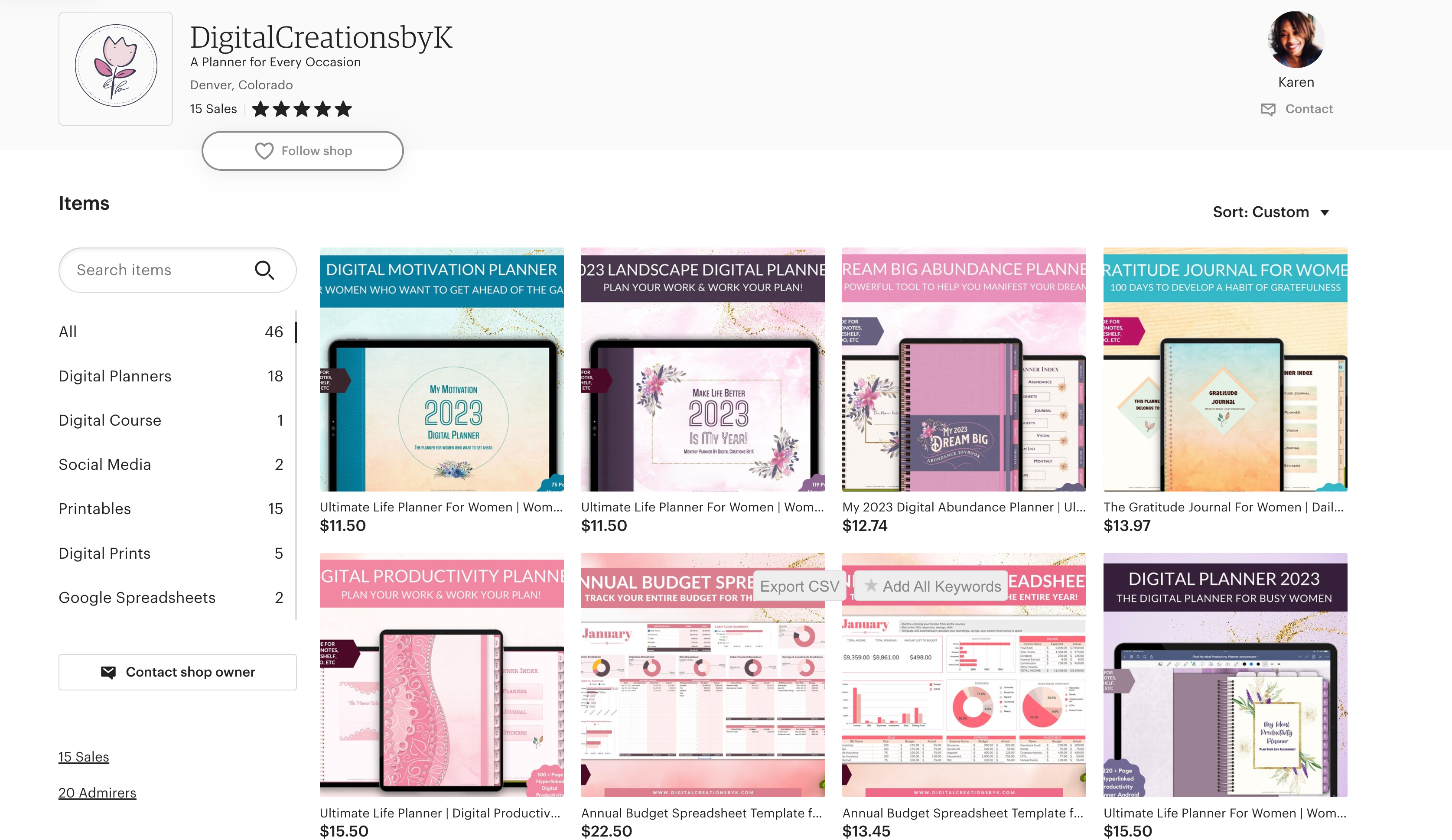
Choosing the optimal platform to sell your digital products is a key factor in achieving success. In this section, we’ll explore three popular options for selling digital products online: online stores, marketplaces, and online course platforms.
Each option has its own set of advantages and drawbacks, so it’s important to find the one that best aligns with your business goals and target audience.
Online Stores
Having your own online store provides you with full control, customization, and the opportunity to build your brand reputation. Popular options for creating online stores include Shopify and WooCommerce. These platforms make it easy to set up your own e-commerce store, allowing you to sell digital products without relying on third-party marketplaces.
By having your own online store, you can showcase your products, set your own pricing, and implement your own marketing strategies without being limited by the restrictions of a marketplace. Additionally, selling on your own website allows you to sell online, keep overhead expenses low, and avoid the fees associated with marketplaces.
However, with great customization comes the responsibility of ensuring the legal and security aspects of your online store. This includes securing your digital products from piracy and adhering to all applicable laws and regulations. Taking these measures will not only protect your business but also build trust with your customers.
Marketplaces
Marketplaces like Amazon, Etsy, and Creative Market offer greater exposure to a larger audience, making it easier for potential customers to discover your digital products. These platforms provide a convenient way to get started with selling digital products, but it’s important to consider the fees and competition associated with using marketplaces.
Despite the increased visibility and customer base that marketplaces provide, you’ll still need to invest in your own digital marketing efforts to stand out among the competition. Additionally, keep in mind that the more you make, the more the marketplace keeps in fees. If you’re willing to invest the time and effort into marketing and promotion, marketplaces can be a great option for selling your digital products.
Online Course Platforms
If you’re looking to sell educational digital products like courses and tutorials, online course platforms like Teachable and Thinkific are ideal choices. These platforms provide you with the tools and resources needed to create, sell, and host online courses while also offering a seamless user experience for your students.
By using an online course platform, you can focus on creating high-quality educational content and leave the technical aspects of hosting and delivering your courses to the experts.
Pricing and Marketing Strategies for Digital Products
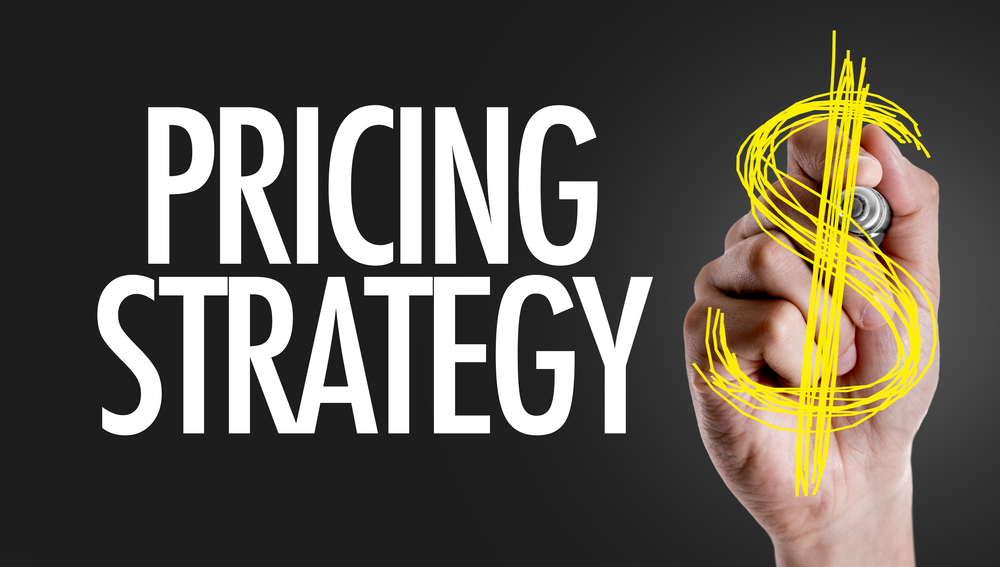
Implementing effective pricing and marketing strategies is pivotal in maximizing sales and profitability of digital products. In this section, we’ll explore various pricing strategies and effective marketing techniques that can help you reach your target audience and generate revenue from your digital products.
For pricing, you can choose to offer a one-time fee, subscription-based pricing
Pricing Strategies
Pricing your digital products necessitates consideration of factors such as production costs, competitive prices, and perceived value. By analyzing these factors, you can develop a pricing strategy that aligns with your target audience’s expectations and maximizes your profits.
Some potential pricing strategies include:
Testing different price points
Offering tiered pricing options
Considering value-based pricing, where the price is determined by the perceived value of the product to the customer
By experimenting with different pricing strategies and continuously monitoring the market demand, you can optimize your pricing to drive sales and revenue.
Marketing Techniques

Employing effective marketing techniques is key to drawing in potential customers and driving sales for your digital products. By targeting specific audiences, leveraging social media and influencer marketing, and developing lead magnets, you can increase your reach and convert potential customers into paying clients.
One way to target specific audiences is by creating content that resonates with your target demographic and addresses their pain points or interests. This can involve creating blog posts, social media posts, or even hosting webinars to showcase your expertise and demonstrate the value of your digital products.
Additionally, utilizing social media and influencer marketing can help you reach a larger audience and build trust with potential customers. By collaborating with influencers in your niche, you can tap into their established audience and leverage their credibility to promote your digital products.
Finally, creating lead magnets can entice potential customers to provide their contact information. Some examples of lead magnets include:
Free trials
Discounts
Exclusive content
E-books or guides
Webinars or online courses
By offering valuable incentives, you can nurture leads and build relationships with your target audience.
Legal and Security Considerations
The protection of your digital products and compliance with all relevant laws and regulations are fundamental aspects of selling digital products online. This includes protecting your digital products from piracy and ensuring compliance with relevant copyright, trademark, and privacy laws.
To protect digital products, there are several measures which can be taken. These include:
Watermarking
Secure download links
Restricted-access platforms
Regular security updates
All of these steps ensure the data remains secure and private. By taking these precautions, you can protect your digital products from unauthorized use and distribution while also building trust with your customers.
Scaling and Expanding Your Digital Product Business
After a successful launch of your digital product business, the subsequent stage is to scale and broaden your product range. This involves continuously improving and updating your products, exploring new product ideas, and leveraging customer feedback to enhance the overall customer experience.
One way to scale your digital product business is by staying on top of industry trends and identifying new product ideas that align with your target audience’s needs and interests. This can involve conducting ongoing market research, attending industry events, and engaging in conversations with other professionals in your field.
Additionally, leveraging customer feedback is crucial for optimizing the user experience and ensuring the continued success of your digital product business. By actively listening to your customers and addressing their needs, you can:
Create a loyal customer base that will not only continue to purchase your products but also recommend them to others
Continuously improve your products and expand your offerings
Maximize the potential of your digital product business
Achieve long-term success.
Summary
In conclusion, creating and selling profitable digital products in 2023 involves a strategic process of idea generation, market research, product development, and testing and validation. By choosing the right platform to sell your digital products, implementing effective pricing and marketing strategies, and addressing legal and security considerations, you can establish a thriving online business. Now is the time to turn your passions, skills, and ideas into a profitable digital product empire and achieve financial freedom.
🚀 READY TO TRANSFORM YOUR DIGITAL PRODUCT GAME?
Join Our “How to Market and Sell Digital Products” Class Today and Unleash Your Potential! 💡 Don’t Miss Out on Your Chance to Master the Art of Digital Sales, Even If You’re a Beginner. Secure Your Spot Now and Start Your Journey to Success! 🌟📈
👇👇👇
How to Market and Sell Digital Products Free Class
👆👆👆
Frequently Asked Questions
Is selling digital products profitable?
Selling digital products is a highly profitable business opportunity; it’s quick and easy to setup with potentially endless sources of income. Make sure you understand the basics and you could be well on your way to success.
How do I create content to sell?
Start by understanding your audience and their needs, then create content tailored to them, which can be discovered and shared in relevant places. Utilize different formats of content, promote ads on social media, track leads, and keep up with the latest news and trends to create successful content that sells.
How do I create and sell digital products on Etsy?
Creating and selling digital products on Etsy is achievable with a few steps. Design your downloads, research and choose a profitable niche, and create listings to market them. Taking an Etsy course can also help you find success.
What are some examples of popular digital products to sell online?
Selling digital products like eBooks, online courses, graphic design templates, stock photography and print-on-demand items is a great way to start an online business.
What are the key steps in creating a digital product?
Generating ideas, researching the market, developing the product and validating the profitability and demand are the key steps to creating a successful digital product.
